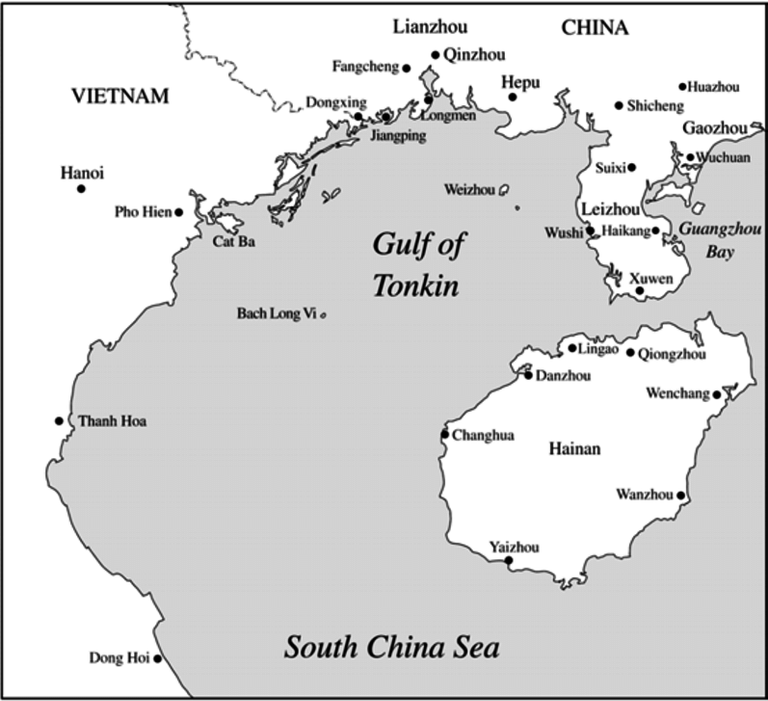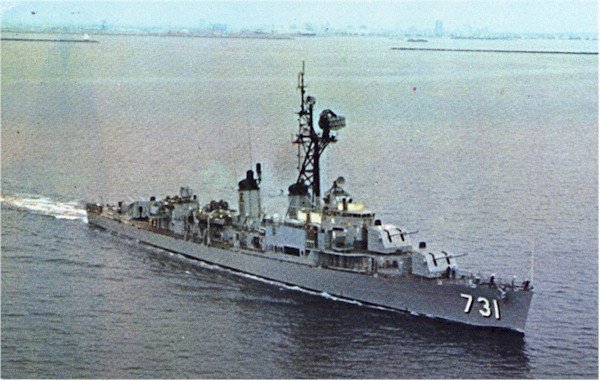The Gulf of Tonkin incident is one of the most controversial and debated events in American history. It is widely believed that the incident was used as a pretext to escalate US involvement in the Vietnam War. The incident took place in August 1964, when the US claimed that two US naval destroyers, the USS Maddox and the USS Turner Joy, were attacked by North Vietnamese Navy boats in the Gulf of Tonkin.

The first attack, which took place on August 2, 1964, involved the USS Maddox. The US claimed that the destroyer was conducting a routine patrol in international waters in the Gulf of Tonkin when it was attacked by three North Vietnamese Navy torpedo boats. The USS Maddox responded with heavy gunfire and called for air support, which arrived in the form of F-8 Crusader jets from the USS Ticonderoga. The US claimed that the North Vietnamese Navy boats were damaged or destroyed, but there was no evidence to support this claim.
(USS Maddox picture below)

The second attack, which took place on August 4, 1964, was even more controversial. The USS Maddox and the USS Turner Joy were both conducting electronic surveillance in the Gulf of Tonkin, and both ships reported that they had come under attack by North Vietnamese Navy boats. The US responded by launching retaliatory air strikes against North Vietnam, and President Lyndon B. Johnson went on national television to announce that the US had been attacked.
However, there is significant evidence to suggest that the second attack never actually took place. Declassified government documents and audio recordings of White House conversations reveal that the Johnson administration was aware at the time that the second attack may have been a false alarm. In fact, one of the tapes features President Johnson himself expressing doubts about the attack, saying "Hell, those dumb, stupid sailors were just shooting at flying fish."
Despite the doubts about the second attack, the Johnson administration used the incident to obtain a Congressional resolution authorizing military action in Vietnam. The Gulf of Tonkin Resolution was passed by Congress on August 7, 1964, and it gave President Johnson broad powers to use military force in Southeast Asia without a formal declaration of war.
In conclusion, the Gulf of Tonkin incident remains a controversial and heavily debated event in American history. While the first attack is generally accepted as having occurred, the second attack is widely believed to have been a false alarm or a fabrication. Regardless of the truth of these events, however, the incident was used by the Johnson administration as a pretext for escalating US involvement in Vietnam, with disastrous consequences for both the US and Vietnam.